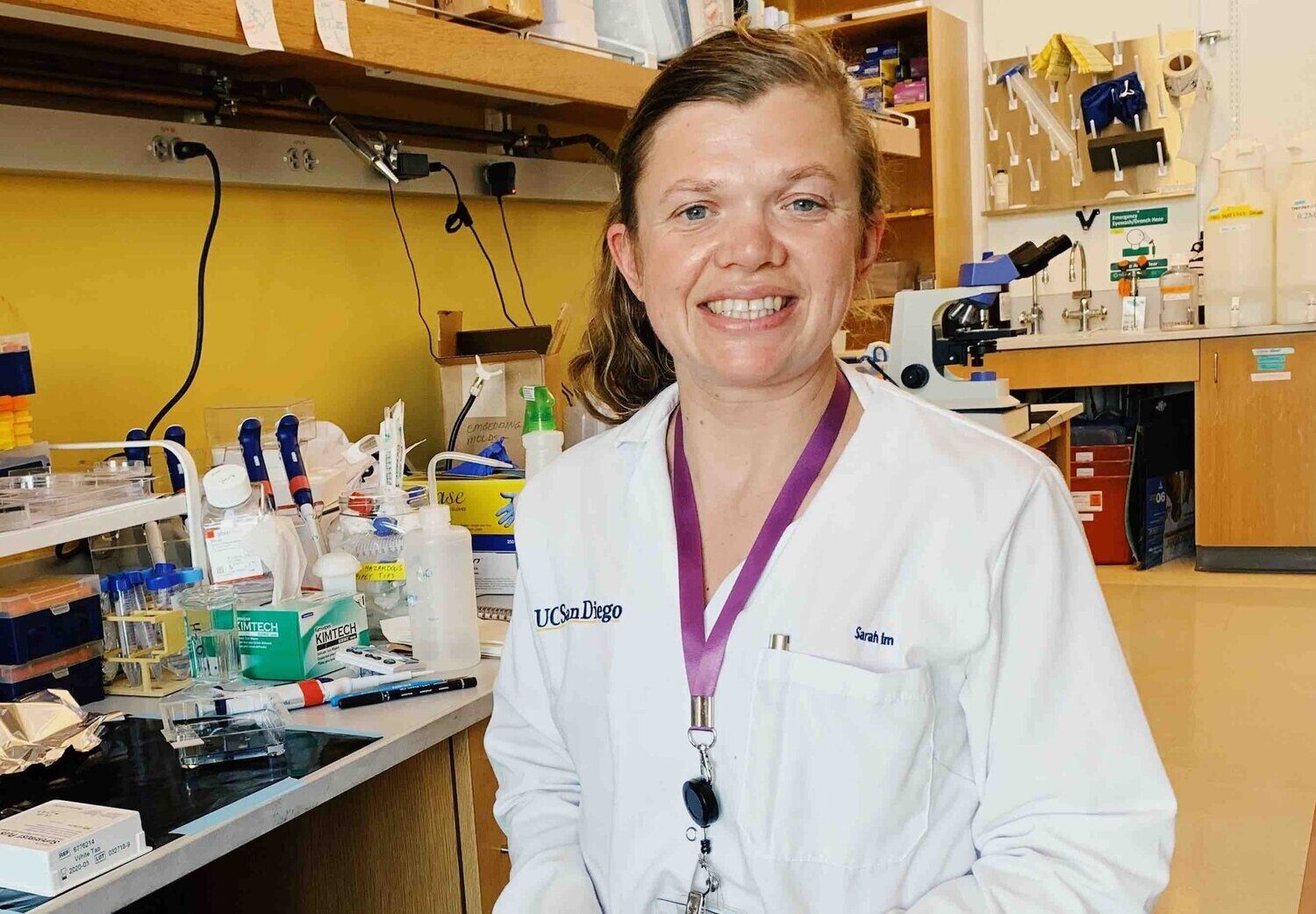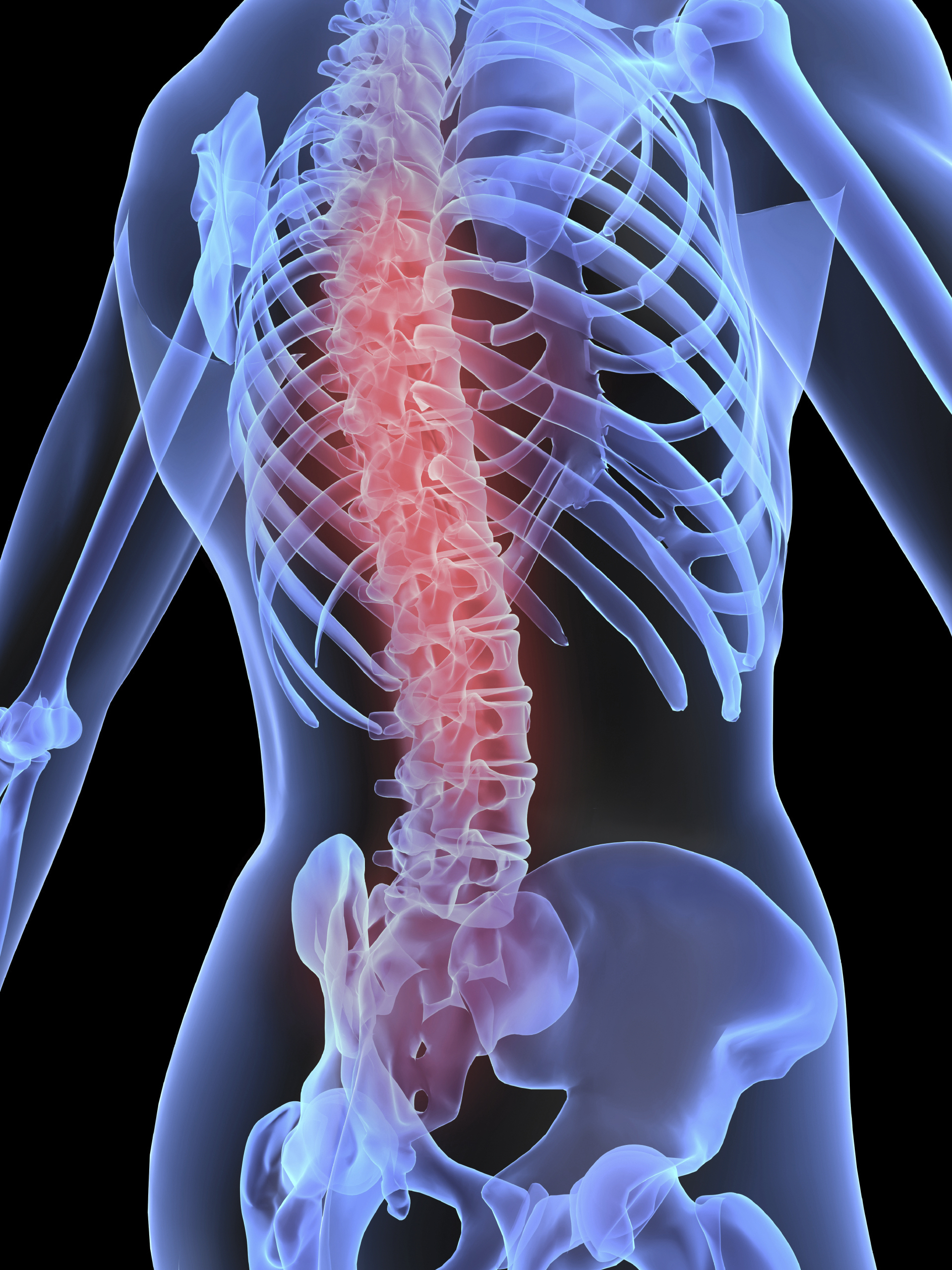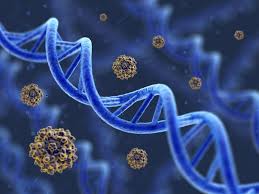What you need to know
- The cellular and molecular interactions in the spinal cord micro-environment are highly complex, many processes continue to remain poorly understood.
- Researchers have identified a small molecule called TTK21 which will be used to attempt regeneration in combination with a bioactive scaffold creating a bridge through the injury site after SCI.
- Researchers will study any biochemical changes as well as improvements in recovery.
In a nutshell
Following spinal cord injury (SCI), normal regrowth of injured nerve axons fails. (Adult nerves do not regenerate after SCI)
Researchers have recently discovered that a small molecule called TTK21, is associated with the growth of sensory and motor axons and promotes active new connections in chronic spinal cord injury. However, this molecule has some limitations. Unfortunately, TTK21 itself is not effective at promoting nerve growth across the lesion.
Using animal models, this study will exploit the growth potential of TTK21 via a biological scaffold which will bridge the injury site, and therefore allow neuronal regrowth across the lesion.
How this supports our goal to cure paralysis.
Ultimately, these studies aim to better understand the various molecular components which regulate neurons. By obtaining a more detailed understanding of the various biochemical processes, researchers hope to identify targets that can be used to promote repair and recovery after spinal cord injury.
Although current studies are performed using animal models, these biomaterials are already proven to be safe in humans, therefore they have the potential to be translated to humans to foster axonal growth and subsequent recovery of function.



